In Captain America: The Winter Soldier, the title character is in the Triskelion - the primary headquarters for SHIELD, an agency dedicated to world security - and is about to check up on Nick Fury when he goes into an elevator. In one of the more memorable scenes from the movie, Captain America sees a number of apparent SHIELD operatives join the elevator. Throughout the ride, Captain America becomes increasingly suspicious until it is revealed that all of these so-called friendly agents were deep cover operatives, working for HYDRA, an organization dedicated and devoted to global domination. A fierce battle in the elevator ensues and our hero emerges beaten, but victorious.
In Endgame, the Avengers return to that place and time, but this time, armed with the knowledge that the operatives in the elevator are HYDRA agents. As the HYDRA agents filter into the elevator, Captain America says "Hail HYDRA", and the agents, realizing that they are among an apparent deep-cover, sleeper agent Captain America, leave him alone to conduct his mission.
Intricacies of time travel aside, the movie scene raises an interesting question - what can/should be done when the enemy is within? When American service members are co-opted to serve interests are are ideologically opposed to the mission or purpose of the United States military, is the military equipped to meet those challenges? In the case of comic books or movies, this may be seen as brainwashing or in the current case, strategy with sleeper agents, but what if the discussion is removed from the silver screen and moved to the domestic and foreign installations that base and train American service members?
Does the idea of a co-opted service member seen farcical? Imagined? Make-believe? Last week, reports came out that an American service member was being investigated for suspected ties to a neo-Nazi organization. In this case, an Army medic is suspected of having those ties based, in part, on a selfie taken in a mirror where the photographed person is wearing an Army physical training shirt, appears to be giving a Nazi salute, and has an image apparently affiliated with Atomwaffen Division (the suspected Neo-Nazi group). Three weeks ago, Huffpost published an article discussing the arrest and/or investigation of multiple service members with alleged ties to neo-Nazi groups.
In 2018, Frontline and ProPublica examined Atomwaffen Division, chillingly concluding that the organization doesn't see itself as terrorists, but rather, members "see the United States as the ultimate terrorist." More dangerous, this organization has drawn from the United States military, establishing "hate camps, which offer military-style training. There is a clear appeal to service members, who are given top-tier training for their specific vocations, and who all receive general training in combat and counter-insurgency. Returning to popular culture, we see that ideologically-opposed organizations may go beyond creating separate training facilities, and may infiltrate training. Quantico had, as one of its major plot points that, trainees in an FBI class may have been/were double agents, and between news and popular culture, the real issue begins to emerge.
How does the military deal with an internal threat?
Any common understanding of threats to the military include foreign states or asymmetric combat with stateless groups. Bases/posts have fences and those fences provide physical security to the base, and those fences have entry points that allow guards to discriminate on who enters, generally permitting those with valid military identification to enter, and those not entitled to enter are refused entry. Trust is paramount in the military, and each warfighter is responsible for the execution of their part of the mission; that is, if your job is to look straight ahead, while you aren't looking to your left or right, you trust that the people who are assigned with those tasks accomplish them, just as you are charged with protecting their blind side. The very model, however, doesn't account for treason in the ranks. The group protects each other from external threats, but again, it doesn't account for internal threats.
Whether the threat is an ideologue with military identification and a firearm or a more covert threat, passing information to hostile forces, or, a uniformed military member rising through the ranks while supporting an extremist position, the threat in each case is internal, eroding the needed trust in your neighbor service member and changing the landscape of who and what is an enemy and where the may be found.

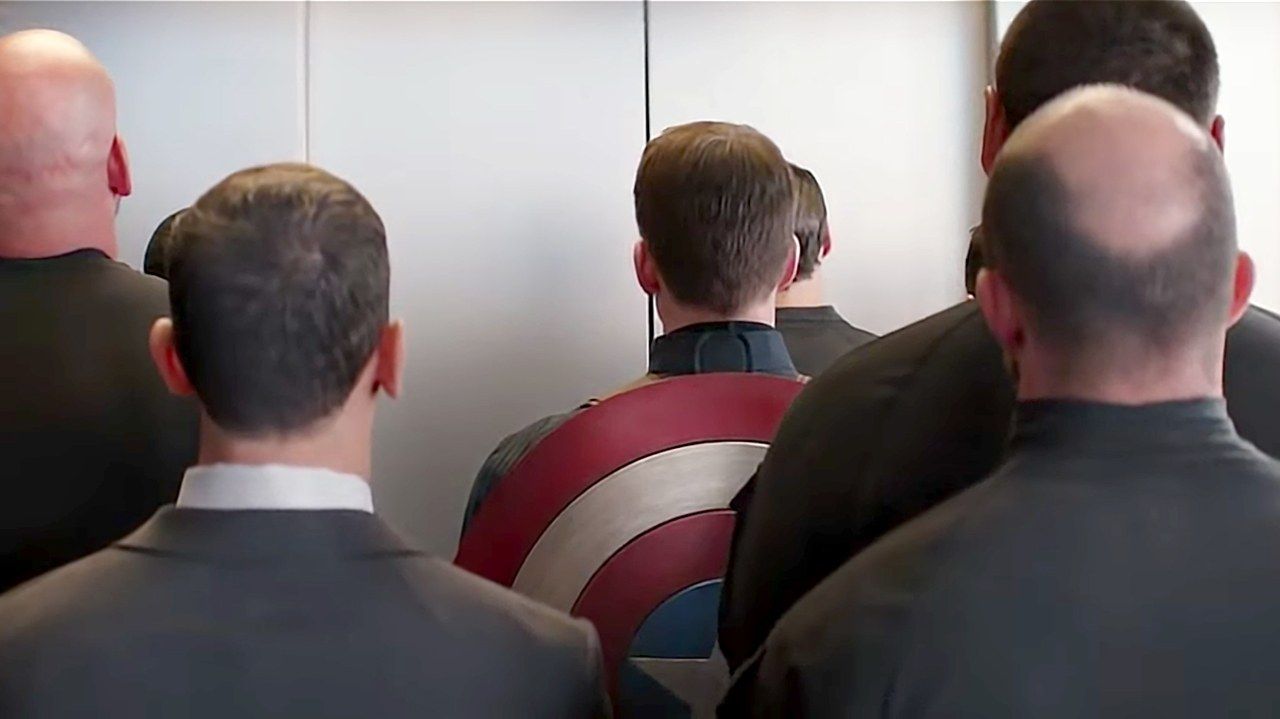

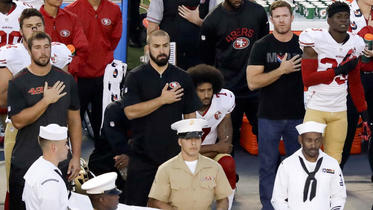
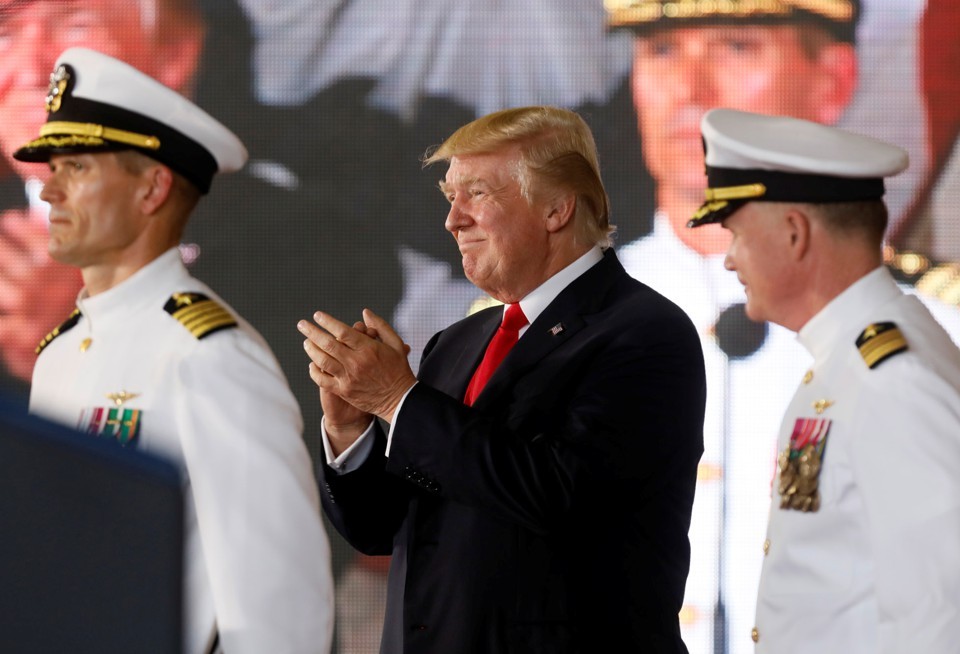
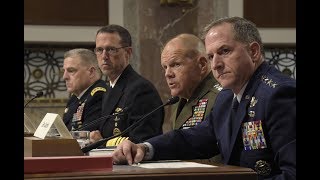
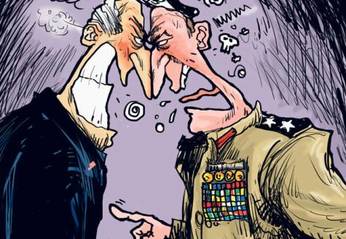


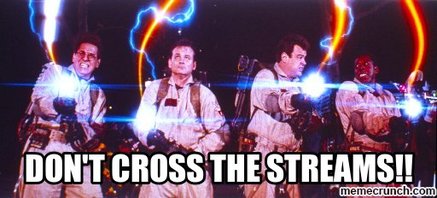
 RSS Feed
RSS Feed
